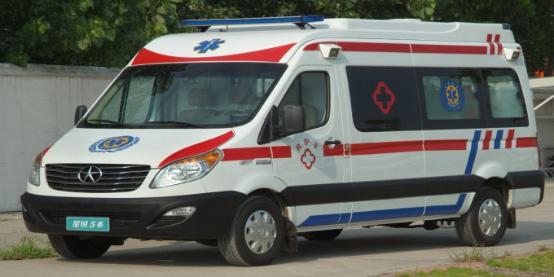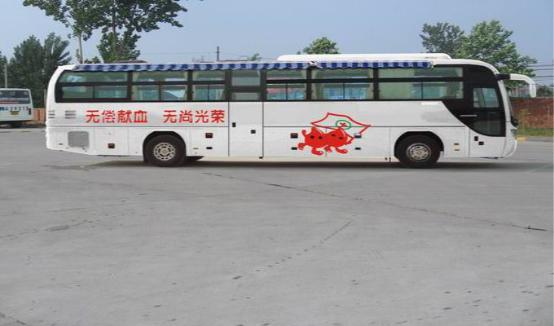The voices of 哔~啵, 哔~啵, 哔~啵 often pass through the road. Whenever I come across an ambulance, I always silently pray for the peace and continuity of life. Medical ambulances, as their names suggest, are vehicles for treating patients. As long as you look closely, you will find that the AMBULANCE on the ambulance is written backwards. This is to allow the driver of the car in front to directly see the positive Ambulance word through the rearview mirror, so he can quickly make it. Medical ambulances belong to the category of medical vehicles. Let's introduce what medical vehicles include. Medical vehicles can be divided into military and civilian categories according to the classification of objects used. Among them, military medical vehicles can be classified into sanitary ambulances, biological inspection vehicles, field surgical vehicles, and medical command vehicles. Military medical vehicles are mainly used for the rescue of wounded and wounded soldiers in battlefields, biochemical tests, and rescue of disaster areas. Civilian medical vehicles can be divided into physical examination vehicles, blood collection vehicles, X-ray diagnosis vehicles, ambulances, and surgical vehicles. According to functional classification, medical vehicles can be divided into: 1. Physical examination vehicles, which can achieve physical fitness testing, mobile medical and other functions. Some of the most advanced medical examination vehicles can be used in mobile medical vehicles. The vehicles are divided into three zones: perspective examination, medical examination and routine examination. X-ray machines, ultrasound machines, video stations, automatic biochemical analyzers and obstetrical examinations are equipped. Beds, freezers, air conditioners and UV disinfection lamps and other advanced medical equipment. 2. The blood collection vehicle is a blood detection and blood test vehicle. It is designed to be divided into a bus type blood collection vehicle and a square cabin to hang a blood collection vehicle. 3, ambulances, mainly for patient first aid. The modern ambulance function is more perfect. Taking the Yutong ambulance in China as an example, the internal space is relatively spacious, so that the ambulance personnel have enough space to go to the hospital to rescue the patient. The vehicle can carry a large number of bandages and external supplies. Can help stop bleeding, cleanse wounds, and prevent infection. The car is also equipped with splints and brackets to fix the broken limb of the patient, and to avoid the patient's neck and spinal injuries. Oxygen, portable ventilators and cardiac pacemakers and defibrillators are also on board. Most ambulances also have a patient monitor that can monitor the patient's pulse and breathing on the way to the emergency room. These test data can be transmitted to the hospital by radio. 4, surgical vehicles, generally equipped with a special surgical equipment, surgery can be carried out for certain diseases, such as an eye surgery car, a surgical vehicle is a mobile operating room. 5. There is now a mobile ophthalmic medical vehicle. The classification of medical vehicles is very broad. Nowadays, there are many mobile physical examination vehicles, blood tests vehicles, etc., which go deep into the community and serve the people in towns and towns, mainly for the convenience of everyone's life. Our armed industrial robot is mainly used to grinding. In the end of the robot, our Force Control System is installed on. Now robot have four-axis and six-axis. Robot will impose force to our force control system, force control system will absorb the force and the shock, in the program control, our force control system will impose special force onto workpiece. This means flexible control. Four-axis industrial robot,six-axis industrial robot,armed industrial robot,grinding robot DARU Technology (Suzhou) Co., Ltd. , https://www.yiwufizz.com
